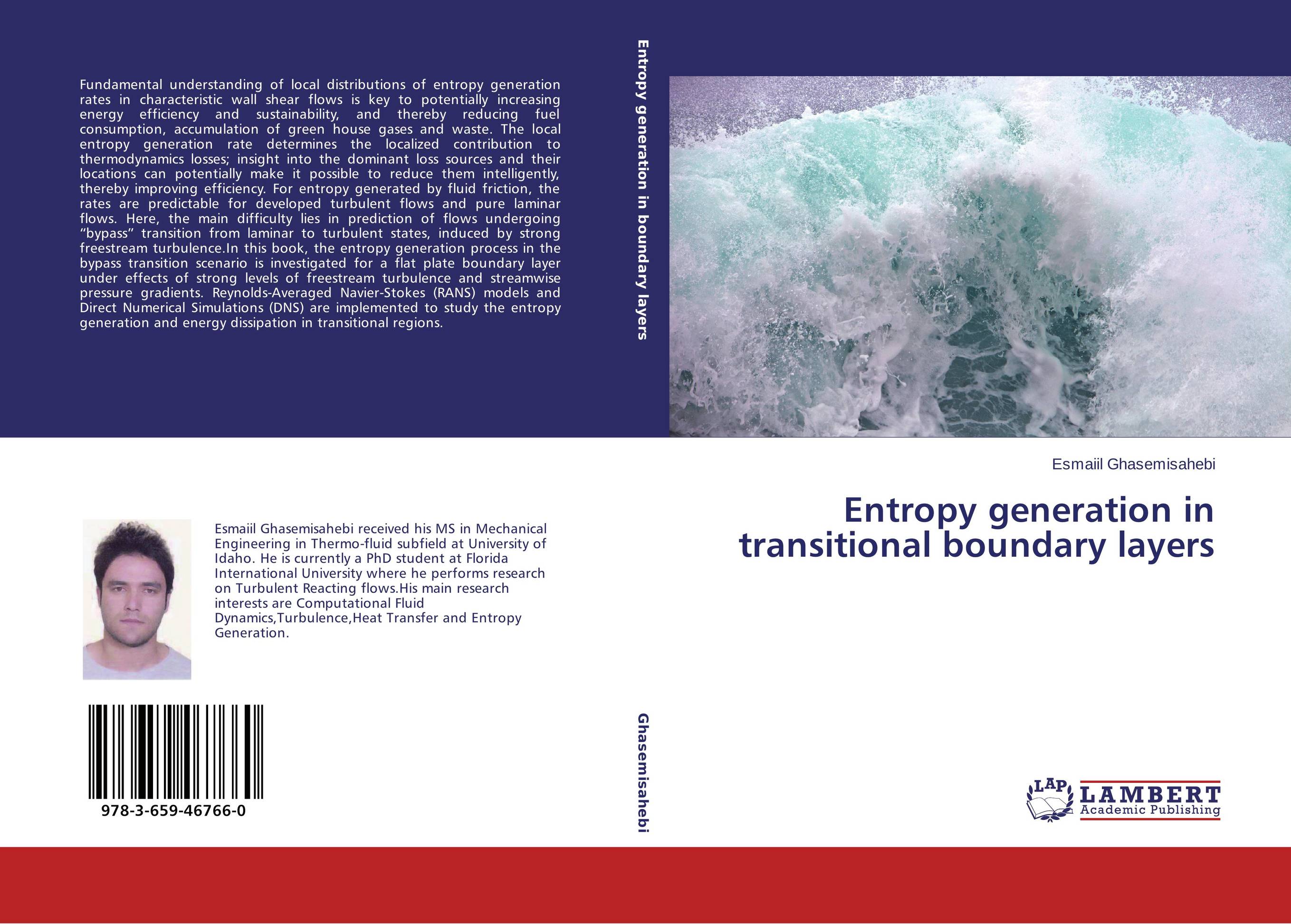| Поиск по каталогу |
|
(строгое соответствие)
|
- Профессиональная
- Научно-популярная
- Художественная
- Публицистика
- Детская
- Искусство
- Хобби, семья, дом
- Спорт
- Путеводители
- Блокноты, тетради, открытки
Entropy generation in transitional boundary layers.

В наличии
| Местонахождение: Алматы | Состояние экземпляра: новый |

Бумажная
версия
версия
Автор: Esmaiil Ghasemisahebi
ISBN: 9783659467660
Год издания: 2013
Формат книги: 60×90/16 (145×215 мм)
Количество страниц: 192
Издательство: LAP LAMBERT Academic Publishing
Цена: 43386 тг
Положить в корзину
| Способы доставки в город Алматы * комплектация (срок до отгрузки) не более 2 рабочих дней |
| Самовывоз из города Алматы (пункты самовывоза партнёра CDEK) |
| Курьерская доставка CDEK из города Москва |
| Доставка Почтой России из города Москва |
Аннотация: Fundamental understanding of local distributions of entropy generation rates in characteristic wall shear flows is key to potentially increasing energy efficiency and sustainability, and thereby reducing fuel consumption, accumulation of green house gases and waste. The local entropy generation rate determines the localized contribution to thermodynamics losses; insight into the dominant loss sources and their locations can potentially make it possible to reduce them intelligently, thereby improving efficiency. For entropy generated by fluid friction, the rates are predictable for developed turbulent flows and pure laminar flows. Here, the main difficulty lies in prediction of flows undergoing “bypass” transition from laminar to turbulent states, induced by strong freestream turbulence.In this book, the entropy generation process in the bypass transition scenario is investigated for a flat plate boundary layer under effects of strong levels of freestream turbulence and streamwise pressure gradients. Reynolds-Averaged Navier-Stokes (RANS) models and Direct Numerical Simulations (DNS) are implemented to study the entropy generation and energy dissipation in transitional regions.
Ключевые слова: Entropy generation, Energy sustainability, Transitional region, Turbulence models (RANS and DNS), Pressure gradients



